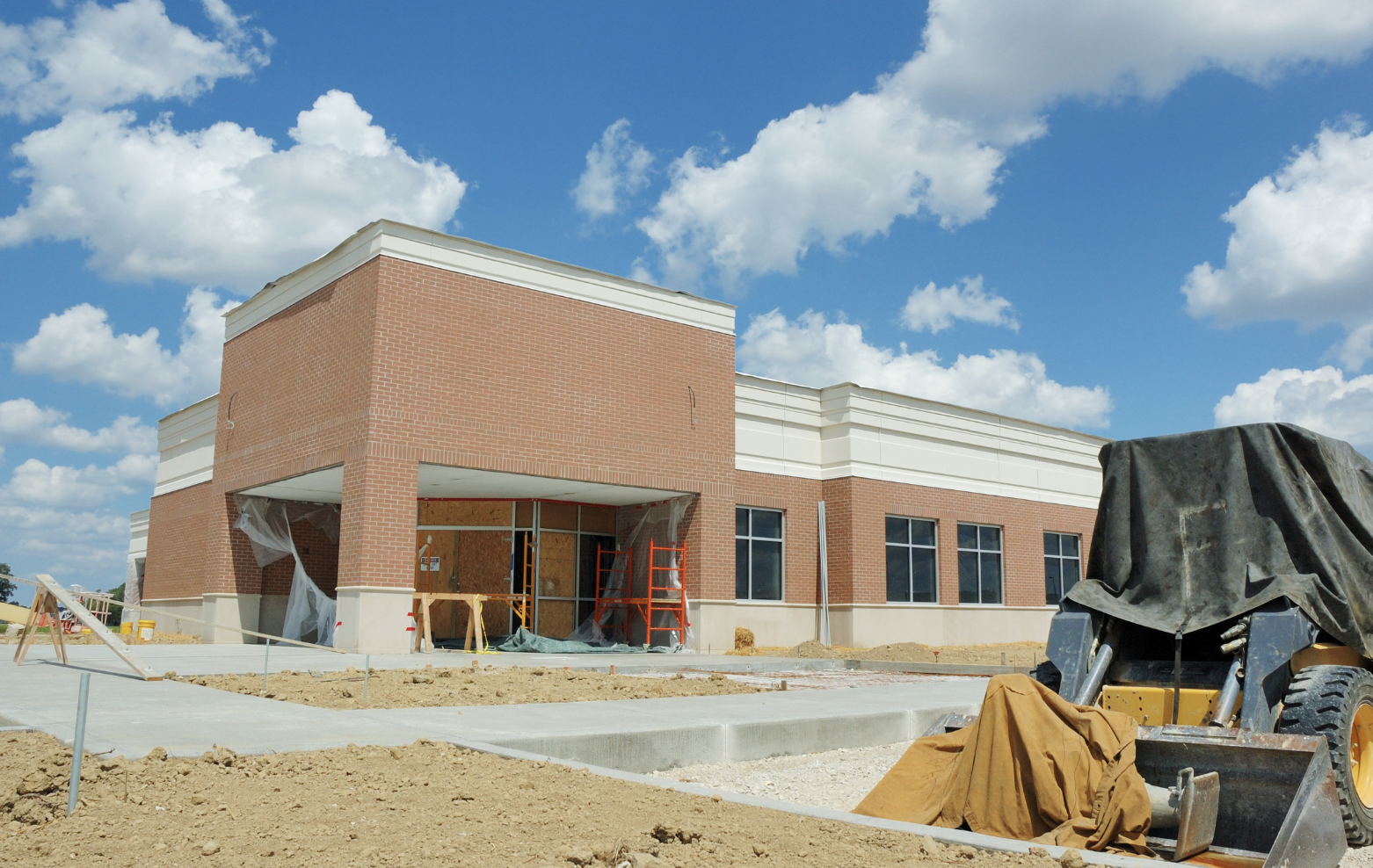Finding right-sized real estate solutions to drive growth in your behavioral health organization can prove to be very difficult. With growth in the industry expected to balloon to $105 billion by 2029, investment in behavioral health - including real estate assets for IOP. PHP, outpatient, sober living and residential facilities - is a hot topic in the minds of many private equity and REIT players. While the pandemic era disrupted some of the stigma and shame around behavioral healthcare, outdated NIMBY-based resistance and zoning battles continue to be common barriers to new acquisitions in the addiction treatment space. Simply finding a location that embodies the right blend of zoning, size, cost, and character for behavioral healthcare can prove to be a daunting task.
Today, we’ll examine some of the key questions we see clients grappling with as they embark on their journey into behavioral health real estate. We’ll touch on the question of leasing versus buying, consider the role REITs often play in acquisition plays, and discuss some of the ways that zoning issues commonly complicate addiction treatment real estate deals.
Should Your Addiction Treatment Organization Rent or Buy Real Estate?
There is no “right” or “wrong” answer here. What your organization does around the “lease v. buy” issue often comes down to a question of capital and the highest use of that capital in the context of your business model and the larger economy.
Most, but not all, behavioral health organizations choose to lease their locations (often from REITs, which we’ll get to later) because they expect to see a higher ROI on patient care investment than what they might see from REI. This is especially true now with the high interest rate environment that we’re seeing post-COVID.
Still, in some cases your organization may need a very specific type of location that simply does not exist on the rental market and must be purchased or purpose built. Perhaps you’re operating in an area with affordable property with good growth projection where a purchase feels like a viable option. Perhaps key members of your executive team have a strong background in real estate and are interested in leveraging their expertise with a purchase. Again, it depends on the particulars of your organization’s business plan, your cash position, and the aptitude and interests of your executive team.
REITs Drive Big Real Estate Plays in the Behavioral Health World
As private equity begins to take note of the untapped potential of this high-demand, fragmented market we’ve also seen many REITs turn their attention to buying and leasing real estate to behavioral health organizations.
With a changing regulatory environment, reimbursements for mental and behavioral health are up. Mom-and-pop addiction treatment organizations that struggled to make rent are slowly being replaced by professional, medicalized, evidence-based, cash-flowing operations, often backed by private equity. While addiction treatment may have struggled in the past, now behavioral healthcare organizations of all kinds make for very attractive tenants to REITs. With better tenants come opportunities for building renovation and improvement that less reliable commercial tenants don’t often see.
Zoning Issues Complicate Addiction Treatment Real Estate Deals
Zoning struggles often plague healthcare real estate deals, and addiction treatment is far from immune to this phenomenon. Between NIMBY uprisings and inflexible small-town building departments, there is no shortage of headaches awaiting addiction treatment organizations who fail to account for zoning considerations in their real estate search.
Residential treatment and outpatient treatment are two of the hardest levels of care to properly accommodate in today’s real estate market. These levels of care often demand a “homey” environment but frequently cannot be sited in a residential area due to zoning restrictions on commercial businesses.
Meanwhile, IOP and PHP are often a good fit for more clinical or office-like settings, giving organizations more options to choose from. For these levels of care, a more “retail” healthcare setting - a former dentist’s office, or a former dermatology clinic - can make good sense. These locations feel “professional” and are often placed in proximity to neighborhoods that are already associated with reliable healthcare, like the immediate area surrounding a hospital. They also often have good parking available to patients who need to be able to get in and out of the location quickly, easily and discreetly.
Think Outside the Box to Solve Some of Behavioral Healthcare’s Most Perplexing Real Estate Problems
When you’re struggling to make nice with the zoning office, it’s important to “think outside the box” and start seeing opportunities in unusual places.
One successful strategy we’ve seen employed is targeting former bed and breakfast sites or former patient family houses for residential and outpatient programs. These sites feel “residential” but are already zoned for commercial use, making it easier for zoning departments to give the green light to another, similarly commercial use.
Behave Health: An EHR Invested in Addiction Treatment Growth
Behave Health is committed to making it easier - and more profitable - to operate evidence-based, results-focused addiction treatment centers.
Our all-in-one app puts clinical, administration, staff, admissions, alumni, residents, treatment plans, billing, insurance authorizations and more - all at your fingertips.
Get your free trial started today and see why more addiction treatment centers prefer Behave Health.
PS. Just getting started with behavioral health? Need help with certification, too? Behave Health can also help direct you to the right resources for help with Licensing or Accreditation by either The Joint Commission or CARF. Mention to your product specialist that you’re interested in this service after you start your free trial!





